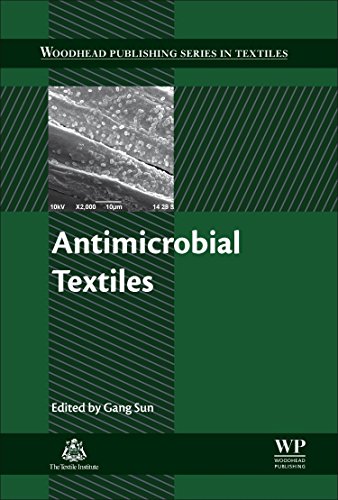

Most ebook files are in PDF format, so you can easily read them using various software such as Foxit Reader or directly on the Google Chrome browser.
Some ebook files are released by publishers in other formats such as .awz, .mobi, .epub, .fb2, etc. You may need to install specific software to read these formats on mobile/PC, such as Calibre.
Please read the tutorial at this link: https://ebookbell.com/faq
We offer FREE conversion to the popular formats you request; however, this may take some time. Therefore, right after payment, please email us, and we will try to provide the service as quickly as possible.
For some exceptional file formats or broken links (if any), please refrain from opening any disputes. Instead, email us first, and we will try to assist within a maximum of 6 hours.
EbookBell Team

0.0
0 reviewsAntimicrobial textiles have attracted a great deal of interest in recent years due to their potential for reducing the transmission of infection in medical and healthcare environments. Antimicrobial properties can also improve the performance and lifespan of consumer products, and so these fabrics are increasingly finding applications in the wider textile and apparel industry. This book provides systematic coverage of the technologies and materials required for developing these important textiles.
In Part One, chapters address key issues and technologies in the creation of antimicrobial textile products. Topics covered include testing and regulation, microencapsulation, sol-gel coating and plasma technologies, nanotechnology and life cycle assessment. Part Two then reviews key antimicrobial agents, such as N-halamines, plant based compounds and photo-active chemicals. Finally, the chapters of Part Three offer detailed reviews of antimicrobial textiles for particular important applications, including medical devices, protective clothing and products with improved durability and longevity.